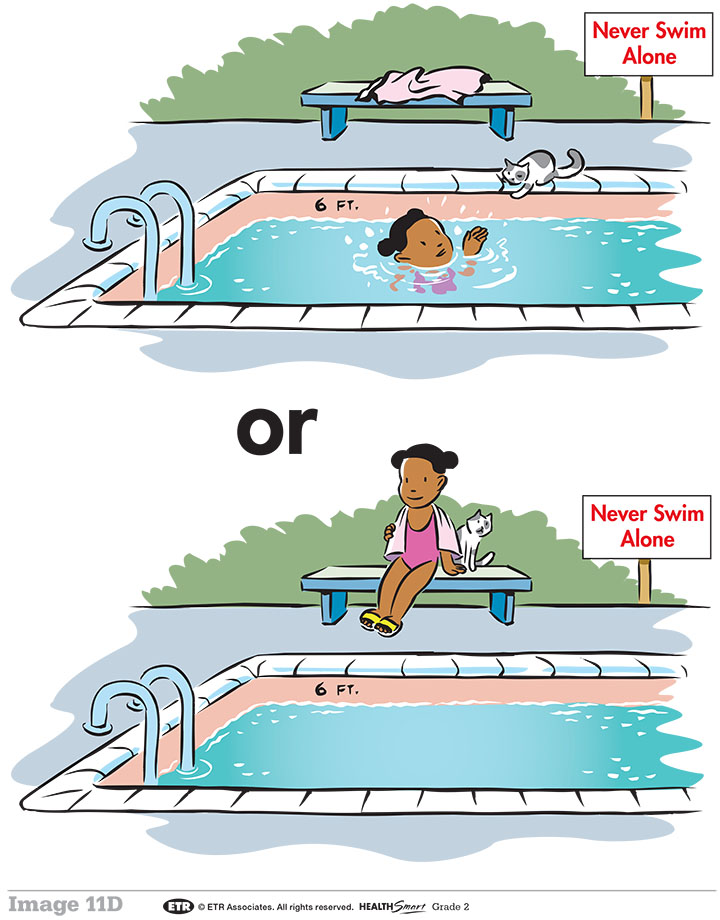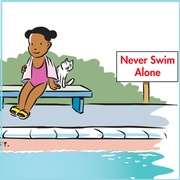Building Health Skills: Decision Making
By Suzanne Schrag | January 9, 2018
Editor/Product Manager, ETR
Skills are a vital part of effective health education. And, in addition to acquiring knowledge, a focus on practicing skills is becoming more and more accepted as the best way to help young people establish healthy behaviors. This, in turn, helps them reduce their health risks.
We are offering a series of blog posts about the ways HealthSmart addresses the seven key skills for health literacy addressed in the National Health Education Standards. Other posts in this series:
The National Health Education Standards (NHES) outline performance indicators for comprehending concepts—the knowledge part of the equation—and also address seven critical health skills. The CDC’s Health Education Curriculum Analysis Tool (HECAT) builds on the National Standards to outline both knowledge and skills expectations for students in Grades K through 12.
The 7 Health Skills
- Analyzing Influences
- Accessing Resources
- Interpersonal Communication
- Decision Making
- Goal Setting
- Practicing Health-Enhancing Behaviors
- Advocacy
Teaching Skills Across the Grades
But how do these health skills look at different grade levels? What does it mean to analyze influences, access resources, set a goal or make a decision when you’re 6 versus when you’re 16?
The Standards offer exactly this kind of guidance through the performance indicators outlined for the skills at each grade level. As students grow in knowledge, capacity and independence, what it means to practice a particular health skill also evolves.
Healthy Choices, K Through 12
Let’s take decision making as an example.
In Grades pre-K though 2, there are only two NHES performance indicators for the skill of decision making: (1) identify situations when a health-related decision is needed, and (2) differentiate between situations when a health-related decision can be made individually or when assistance is needed.
In other words, for young children, it is enough to understand when they might need to make a decision and then to determine if they need help with their choice.
By Grades 3, 4 and 5, students are expected to do these same things, but also be able to list possible options related to the situation, predict potential outcomes of these options and choose a healthy option when making a decision.
At higher grade levels, more sophistication is expected and taught. By the time students are in high school, the performance indicators outline a complete decision-making process:
- Examine barriers that can hinder healthy decision making.
- Determine the value of applying a thoughtful decision-making process in health-related situations.
- Justify when individual or collaborative decision making is appropriate.
- Generate alternatives to health-related issues or problems.
- Predict the potential short-term and long-term impact of each alternative on self and others.
- Defend the healthy choice when making decisions.
- Evaluate the effectiveness of health-related decisions.
Of course, within the health lessons, these standards need to translate into language that makes sense to children and teens. HealthSmart, ETR’s comprehensive K-12 health education program, puts considerable emphasis on delivering developmentally appropriate language and activities that meet NHES objectives.
A HealthSmart Example: Decision Making
For example, in the Kindergarten and Grade 1 Safety and Injury Prevention lessons, students are taught to ask the following simple questions when making a choice related to safety:
- Do I feel safe?
- Am I OK?
- Do I need help in any way?
As we move through the elementary grades, students learn a slightly more complex series of questions that they can apply to some basic either/or situations around safety, as in the following example from Grade 2.
 Safety Smart Questions
Safety Smart Questions
- What are my choices?
- What could happen with each choice?
- Which choice is smart and will keep me safe?
- Why is this the Safety Smart choice?
By Grade 5, students are engaging in a multi-step decision-making process:
- Do you have a decision to make?
- What choices do you have?
- What could happen with each choice?
- Do you need help with this choice? Who can help you?
- What’s the healthy choice for you? Why?
The process is much the same for middle school and high school, with some added sophistication, including the final step of evaluating the results of a decision in order to inform future actions:
- Does a decision need to be made?
- Stop and think before you act. What information do you need to make a healthy decision?
- Do you need help with this decision? Who can help?
- What choices do you have?
- What are the possible outcomes for each of these choices?
- What’s the healthy and safe choice for you? Why?
- How could you evaluate the results of your decision?
At each of these grade levels, students are able to practice a skills process that makes sense developmentally and helps them meet the objectives from the National Health Education Standards.
Check It Out
If you’re intrigued and would like to learn more about ETR’s comprehensive, skills-based, standards-aligned K–12 health education program, visit the HealthSmart website. You can also email or call ETR at 1-888-220-9455 to set up review access to the digital edition of the program.
Suzanne Schrag is the series editor of the second edition of the HealthSmart program, and a co-author of the newly revised K–5 grade levels. She can be reached at schs@etr.org.





